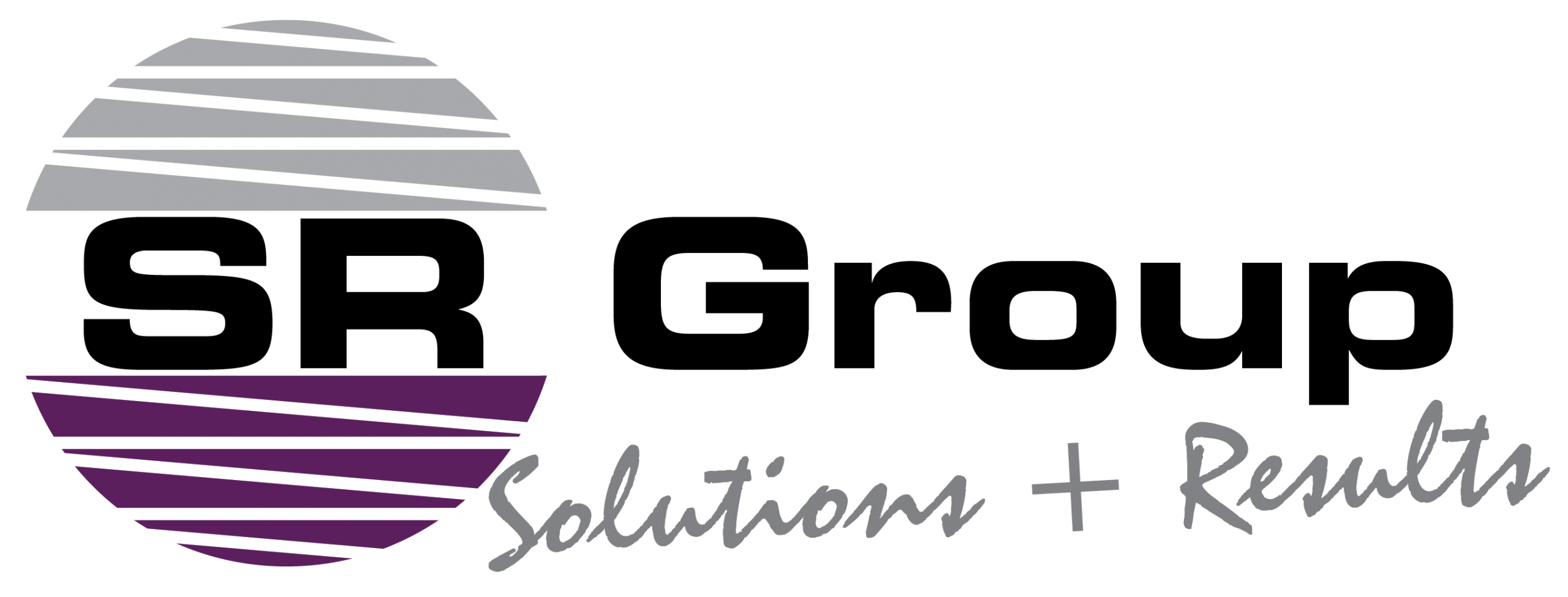
Identifying DISC Styles Virtually
Working in a remote environment can be ideal for some, and it can also have its challenges. Communication is one of the biggest hurdles virtual teams have to overcome. Without face-to-face interaction, we can miss out on so many communication cues, including tone, body language, and context.
How do we Overcome these Hurdles?
If you are familiar with DISC assessments in your organisation, then you know how effective they are to help increase communication and productivity. Now that more and more people are working from home, have you considered DISC Profiles for your key staff to ensure communication is clear and meaningful. What about your permanent remote teams, do you brush off the value of communication as you don’t see them as often? Knowing the DISC Styles of your key staff and remote workers is vital if you want them to perform effectively.
Here are some key indicators to help you identify the DISC styles of your virtual co-workers.
Typical Voicemail Greetings:
- D Style: “You know what to do!”
- I Style: “Wow, you missed me! I am having a great day, hope you are too! Have a great day! Cheers!”
- S Style: “Sorry I missed your call. I check my messages often, and will return your phone call as soon as possible. If you need assistance now, please hit ‘0’ and my associate will gladly help. Again, sorry to miss your call.”
- C Style: “You have reached my voicemail. Please speak slowly, clearly and leave your number, the time you called and the reason for your call. Please let me know a good time to return your call.
Typical Voicemails:
- D Style: Concise, to the point. Loud with a fast pace, i.e. “This is Jake, call me.”
- I Style: Cheery, funny, loud and relatively long. Fast tempo. Reason for the call may not be apparent. May include phrases “well, anyway…” or similar. Forgets to leave a number to return call.
- S Style: Calm and soft voice with a slow tempo. May include the phrase “sorry to bother you” or similar. Tends to be a reasonably long voicemail and concludes: “I look forward to your call. Thank you”
- C Style: Formal and soft voice with a slower tempo, includes a lot of detail about the reason for the call. Also, they may leave a number to call back twice.
Typical Emails:
- D Style: Concise, often just the subject line. Usually, many abbreviated words, no punctuations, all lower or capital letters.
- I Style: Receives an email, calls the sender: “Hi, I just got your email.” If they email back, the email is often one long sentence with several different points.
- S Style: Friendly tone and starts with “I hope this finds you well.” Relatively long emails with a few paragraphs. Tries to convey a message clearly and thoroughly. Ends with “sincerely”, “all the best, or “best wishes.”
- C Style: Very long, you will have to scroll down to find the end. Lots of detail, formal. Spelling and grammar are impeccable as they always spell-check.
I highly recommend conducting a DISC assessments on all new employees as well as your key & virtual employees to help you understand and support them more effectively. Excellent communication is essential in any company, but now that a lot of people are working from home, it is especially critical.
The DISC assessment is not something you do once, and then you’re done. It’s a constant topic of conversation. I regularly refer back to my DISC Assessment to remind me how I come across to others and to adjust my style accordingly.
To obtain a DISC Personality Profile for your staff, get in touch to start the process.
SR Group uses the more advanced and powerful tool, Extended DISC to enhance personal and team performance. If you would like a sample report to see what sort of valuable information it uncovers or would like more information, please contact me directly.
With thanks to HR Profiling for the majority of the background information in this article.









No Comments
Sorry, the comment form is closed at this time.